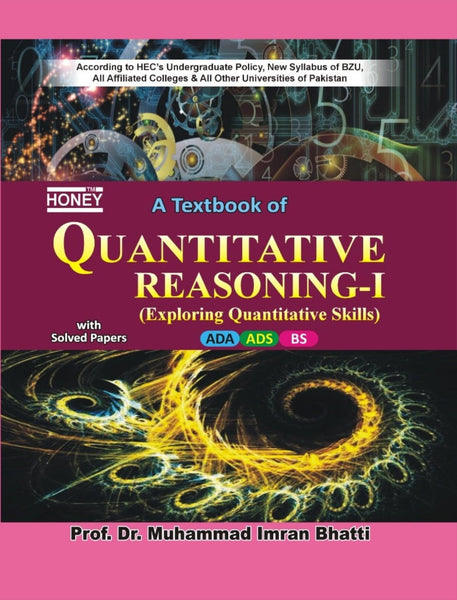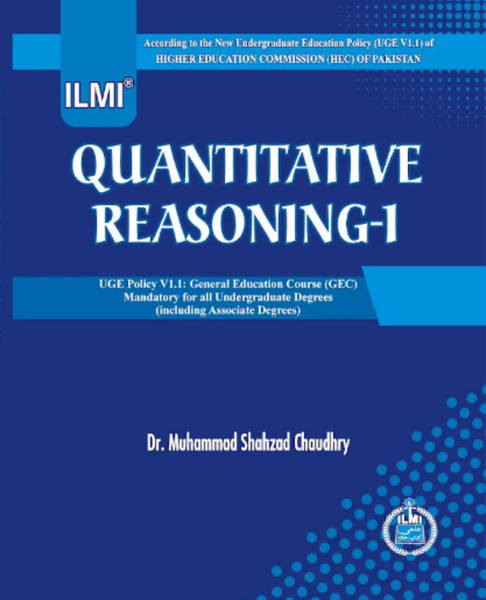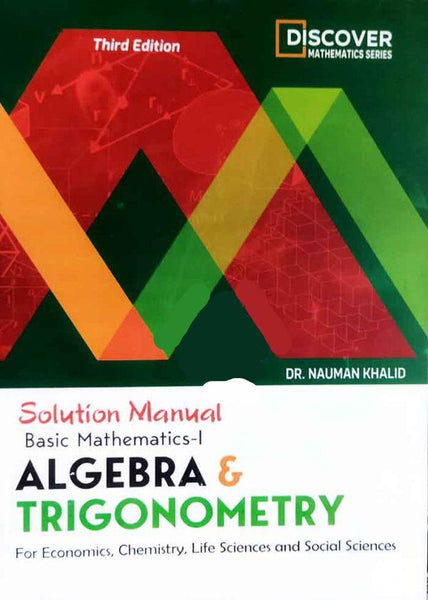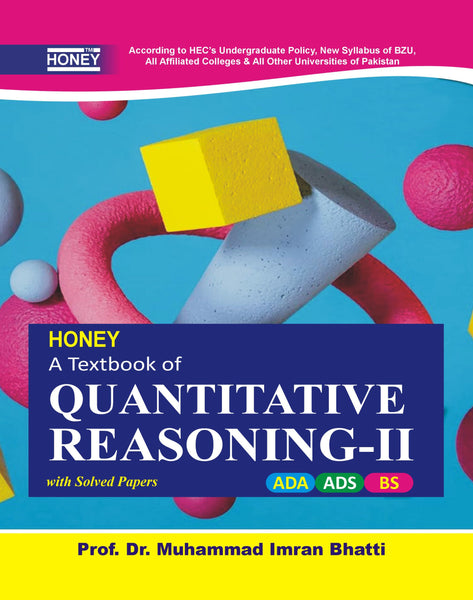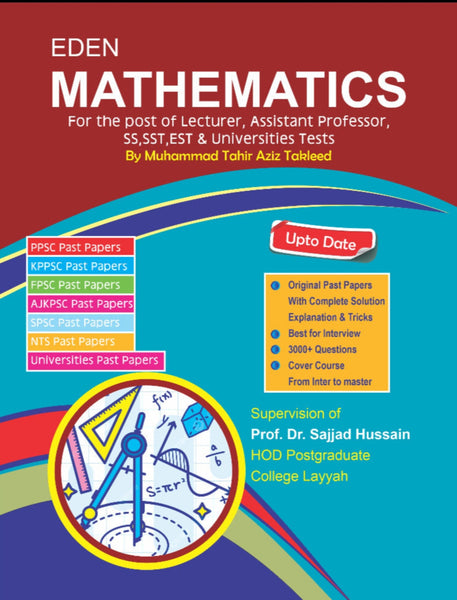Introduction to Finite Fields and their Applications by Rudolf Lidl
- Publisher: MATHEMATICS
- Availability: In Stock
- SKU: 53873
- Number of Pages: 416
Rs.990.00
Rs.1,150.00
Tags: algebraic curves , algebraic geometry , BCH codes , coding theory , Diffie-Hellman , elliptic curve cryptography , error-correcting codes , Finite fields , Finite Fields and their Applications , Galois fields , Harald Niederreiter , INTRO TO FINITE FIELDS , Introduction to Finite Fields , Introduction to Finite Fields and their Applications , number theory , polynomial interpolation , Reed-Solomon codes , RSA , RUDOLF LIDL
Introduction to Finite Fields and Their Applications
Author: Rudolf Lidl
Binding: Paperback
Paper Quality: Black White Paper
Category: Mathematics / Abstract Algebra / Cryptography
Recommended For: Undergraduate and graduate students of mathematics, computer science, and anyone interested in algebraic structures and cryptographic systems.
Key Features
-
Fundamentals of Finite Fields
- Explanation: The book begins with an introduction to finite fields (also known as Galois fields), providing the essential theory behind these structures, including definitions, properties, and fundamental operations such as addition, multiplication, and inverses.
-
Structure of Finite Fields
- Explanation: It covers the structure of finite fields in detail, explaining the concepts of order, characteristic, and field extensions. The authors describe how finite fields are used to solve equations and their relevance in various areas of mathematics and computer science.
-
Applications in Coding Theory
- Explanation: One of the major applications of finite fields is in error-correcting codes. The book explores how finite fields are used in the construction of codes like BCH codes and Reed-Solomon codes, which are essential for data transmission and storage.
-
Cryptography and Security
- Explanation: The book addresses the role of finite fields in modern cryptography, specifically in algorithms like RSA, elliptic curve cryptography, and Diffie-Hellman key exchange. These cryptographic systems rely heavily on the properties of finite fields to ensure secure communication.
-
Polynomial Representation and Interpolation
- Explanation: It discusses the use of finite fields in polynomial interpolation, which is vital in many applications, including data reconstruction, error detection, and communication systems. Polynomial arithmetic over finite fields is also a key topic.
-
Algebraic Geometry
- Explanation: The book introduces applications of finite fields in algebraic geometry, especially in the context of rational points on algebraic curves. This connection is important for understanding applications in areas such as cryptography and coding theory.
-
Advanced Topics in Finite Fields
- Explanation: The book includes advanced topics like irreducible polynomials, cyclotomic cosets, and the applications of finite fields to problems in number theory and algebraic geometry. These topics are essential for those looking to study the theory in-depth.
-
Comprehensive Exercises and Problems
- Explanation: Each chapter includes a wide range of exercises, from basic to advanced levels, that help readers deepen their understanding of finite fields and their applications. Solutions to selected exercises are provided, allowing readers to check their understanding.
-
Clear and Rigorous Mathematical Approach
- Explanation: The authors present the material in a rigorous but accessible manner, providing clear explanations and proofs for the key concepts. The text is suitable for both self-study and as a course textbook.
-
Updated Content in the Second Edition
- Explanation: The second edition includes updated material on the latest research and developments in finite fields and their applications. This edition also improves upon the first with clearer explanations, additional examples, and expanded sections on cryptography and coding theory.
Conclusion
Introduction to Finite Fields and their Applications (2nd Edition) by Rudolf Lidl and Harald Niederreiter is a key resource for anyone studying or working with finite fields, especially in areas like cryptography, coding theory, and algebraic geometry. The book strikes a balance between theory and practical applications, offering a solid foundation in the subject. Its clear and rigorous approach, coupled with comprehensive exercises, makes it an excellent textbook and reference for advanced undergraduate and graduate students in mathematics, computer science, and engineering.
════ ⋆★⋆ ═══
Writer ✤ Rudolf Lidl (Author), Harald Niederreiter (Author)



